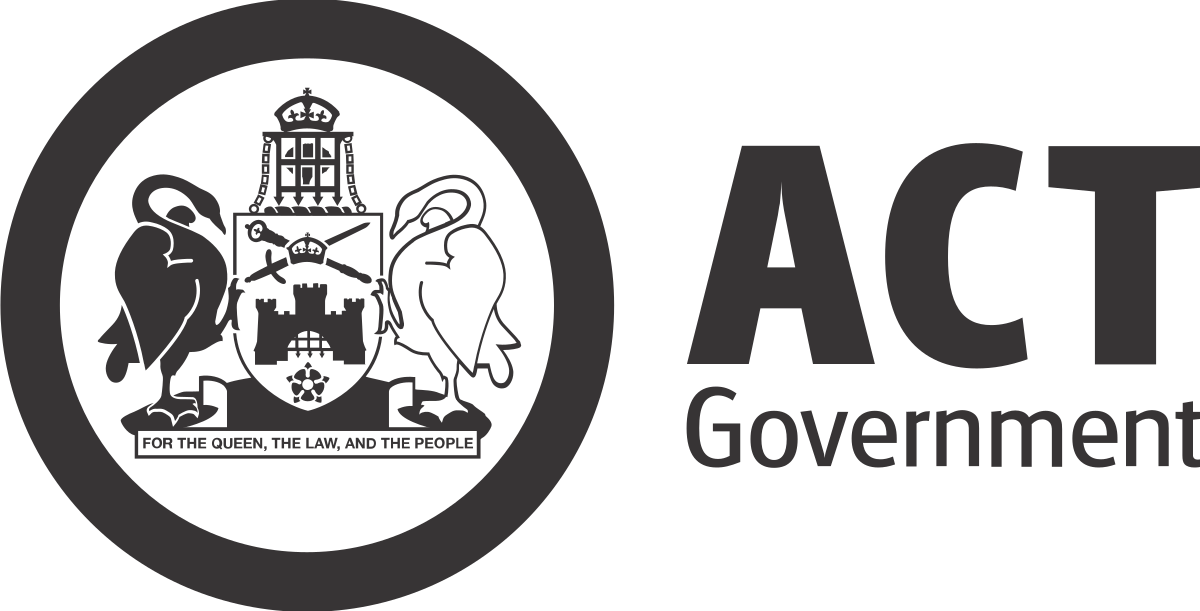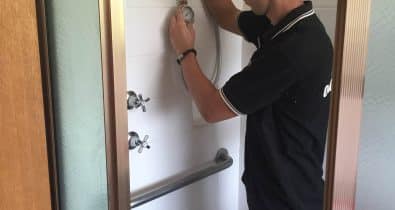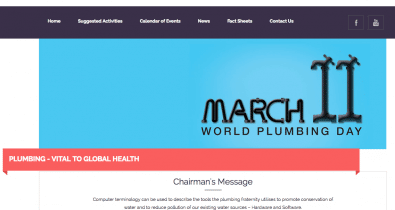Imagine this: there’s water pouring out under the bathroom sink, and you’ve got towels on the floor, buckets catching drips — and no idea how to shut it off. In a unit complex, that’s more common than you think.
Whether you’re a tenant or an owner, knowing where your water isolation tap (stop cock) is can save serious stress, money, and damage in an emergency.
Here’s how to find it.
🏢 If You Live in an Apartment (Unit)
Apartment isolation taps can be inside your unit — or hidden away in a shared area. Here’s where to start looking:
🔹 Inside Your Unit
- Laundry cupboard or under the trough
- Kitchen sink cupboard
- Random wall tap, often next to your toilet — this can isolate the whole unit
- Access panel in your bathroom ceiling
🔹 In Common Hallways or Cupboards
- Water meter cupboard in the hallway, usually near your front door. Often shared with other units.
- Access panel in the ceiling of the hallway, close to your unit.
🔹 Riser or Plumbing Shaft
These are vertical shafts behind your bathroom wall, accessible via:
- An access panel in your bedroom cupboard, or
- A panel on the hallway or opposite side of the bathroom wall.
These are usually not locked and give you access to your individual water shut-off.
🔹 In the Basement or Car Park Ceiling (Top-Fed Systems)
Sometimes isolation taps are installed in the ceiling cavity above your car space.
⚠️ Important: These may isolate multiple units, so don’t touch them unless it’s an emergency — or speak with your building manager first.
🔹 In External Laundry Cupboards
If your laundry is separate from your unit, like in older complexes, you may find your isolation tap inside that laundry cupboard — often located behind or near your parking spot.
🏘️ If You Live in a Townhouse
Townhouses are a little more straightforward — but not always!
🔸 Check These Spots First:
- Near the front hose tap – often right next to your water meter
- In the ground near your driveway or footpath – look for a plastic or concrete pit
🔸 Other Possible Locations:
- Inside your garage or laundry, under the tub or near the hot water system
- On an external wall – usually near the kitchen, laundry, or front of the house
- In a shared meter pit – in some complexes, your water meter (and isolation tap) might be grouped with others:
- In a common garden area, or
- Inside a neighbouring yard
If you’re not sure which tap is yours, check with your strata or building manager.
🔧 Why This Matters
Emergencies don’t give you time to fumble around — burst hoses, overflowing toilets, or leaking taps need to be isolated quickly to prevent water damage, mould, and insurance headaches.
Don’t wait until you’re ankle-deep in water to figure it out.
✅ Need Help?
If you can’t find your isolation tap, or you’ve found it but now need help fixing the issue after shutting off the water, Water Tight Canberra is here to help.
👉 Book a visit with our team —
we’ll locate your tap, show you how to use it, and help with any plumbing issues that follow.
Book Online or call 02 6195 9991.






